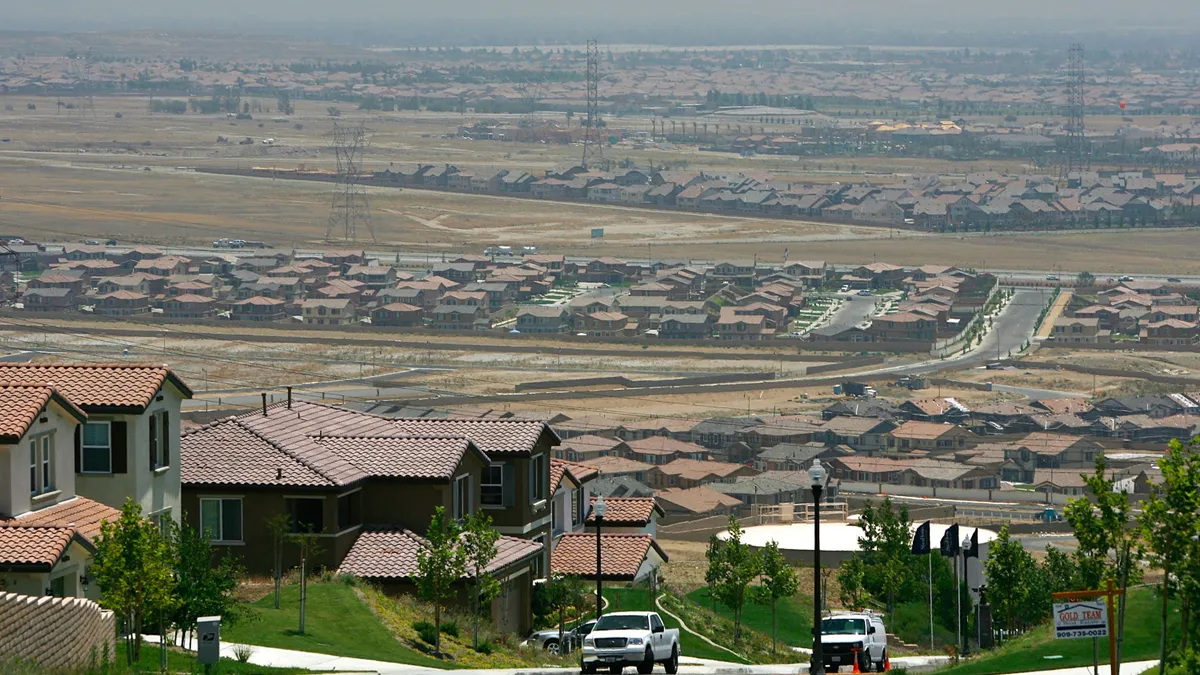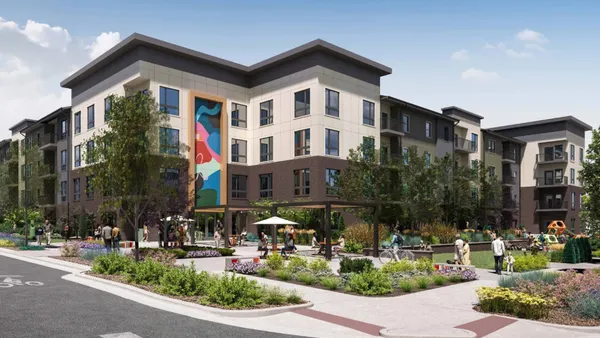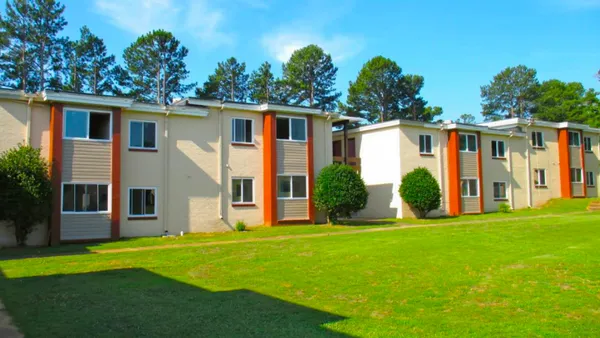The exodus from cities to suburbs took on almost Biblical proportions in some areas during the pandemic as lockdown and teleworking orders sent people fleeing in search of more space and serene landscapes. To meet the mass migration, apartment developers have been buying and building in the leafy outskirts at the fastest clip in three decades.
A survey late last year found 46% of Americans wanted to live in the suburbs, up from 42% in 2018, according Pew Research. New apartment inventory is expected to increase this year by 2.5% nationally, after stagnating below 2% for the past five years, according to RealPage, a data analytics and property management software provider.
And despite the increase, “We're just not building enough,” said Jim Costello, senior vice president for New York-based commercial real estate data firm Real Capital Analytics (RCA).
The shortage has sent average rents on new leases jumping 14.4%, according to RealPage.
To be sure, construction cranes in the cities are not idle. In fact, a handful of cities with strong job growth, like Phoenix, Austin and Nashville, are expected to see their apartment inventory increase by 5% or more this year, according to RealPage,
“We’re not moving out as much to the suburbs to build because we don’t do single family,” said Joe Shivell, vice president of architecture and engineering at Michaels. “We do all multifamily, and a lot of the zoning is not established for multifamily product out in the suburbs.”
Nevertheless, as many companies incorporate permanent teleworking options, a lot of people are staying put in the suburbs, where less crime and traffic are also a draw. These properties are also more affordable for millennials and Generation-Zs, who are early in their careers and family planning.
“Three or four years ago, we started to look at some of these up-and-coming, lower-cost areas,” said Jay Hiemenz, president and COO of Alliance Residential, one of the largest apartment developers in the country. “We’ve been fortunate. COVID-19 accelerated some of these [migration] trends to the lower-cost cities and a more suburban workforce.”
Bay Harbor Islands, Florida-based Kaplan Residential is developing townhomes and rentals with more square footage in an effort to cater to that need for space.
“There's a demand for people who want to live in the cities, but many people also want to have their own garage and have extra space,” said Nathan Kaplan, a partner at Kaplan.
Garden-style communities certainly can help fill the demand for rental housing, but many people who move to the suburbs want something more, such as a new home. But there is a severe lack of for-sale options and they're forced to lease. There aren’t enough rental options in these areas, either.
“We've moved out of the urban core,” said Steve Hallsey, executive vice president of operations for Atlanta-based Wood Residential Service, the company’s property management arm. “We're now back into the garden-style communities and suburban assets.”
Although apartments may not be able to offer dramatically more square footage, there is land for other housing types the farther developers move out of the city.
“When they get there [to the suburbs], there's not a lot of new housing stock to handle them,” said Adam David Lynd, president and CEO of The Lynd Group, a Shavano Park, Texas-based apartment developer, owner and manager. “They're used to a city where they have options. So we're going be there with brand new housing saying, ‘Come on and move in here.’”
Click here to sign up to receive multifamily and apartment news like this article in your inbox every weekday.








